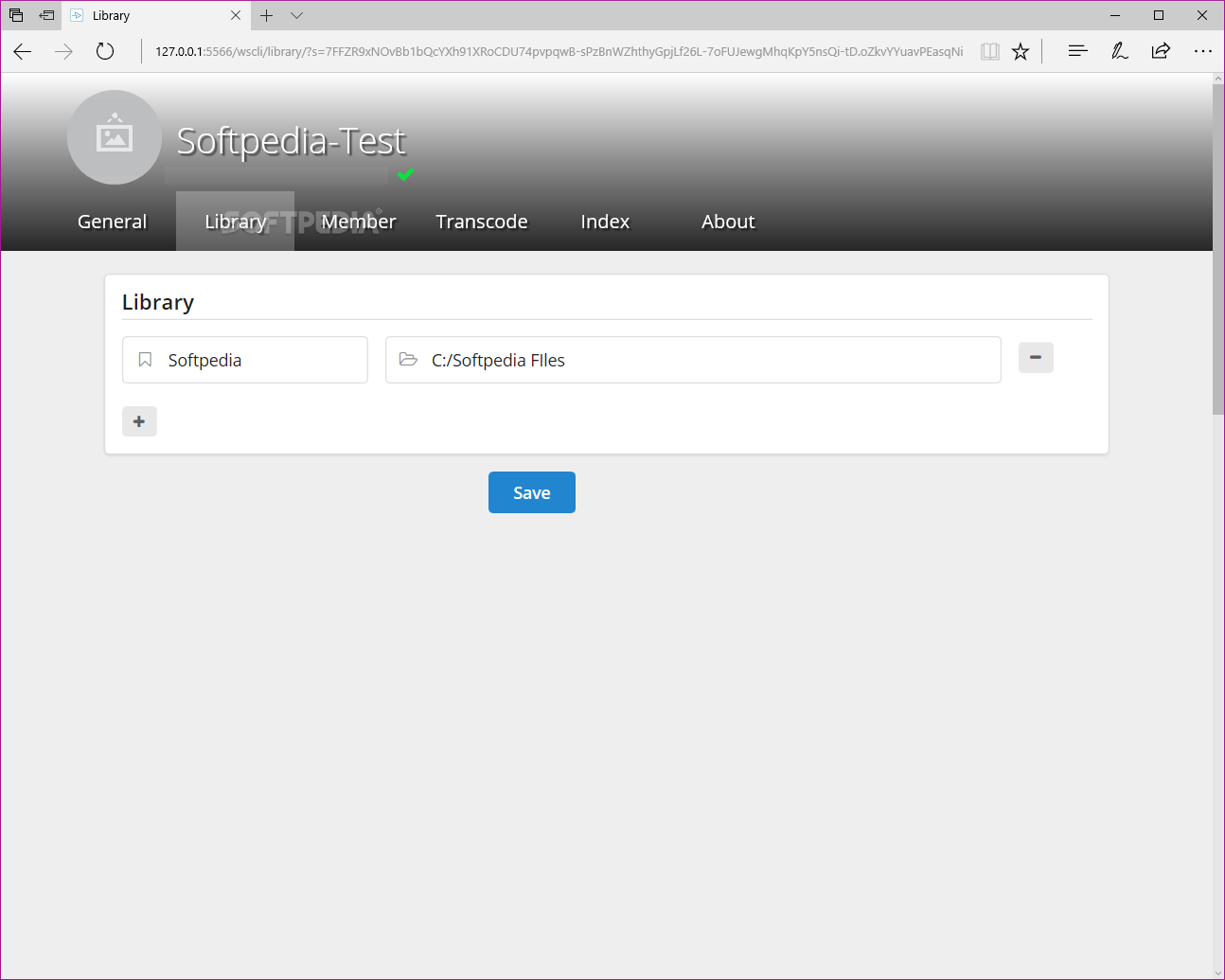

In any case, my guess is that a lot of custom things can be implemented by subclassing Cling classes - if the code is well designed that is the great advantage of OOP languages like Yes, i have some documentation but i don't want post it now, as i'm afraid that someone would try to add them before having fixed the UPnP/DLNA issues already there -)ĮDIT: Yes, there are autorized by the standard, as vendor specific. Failing to do so means that we're basically accepting the risk of issues introduced as a consequence of Do you have any documentation/links to this proprietary ServiceType and is that considered to be DLNA complient (that is, within the DLNA "rules")? How does UMS handle those devices today? Ideally one should do proper testing every time an external library version is updated, but that would become very time consuming. That's not unique for Cling, and that's one of the reasons I'm not a fan of just throwing in a lot of external libs. That said, any external lib that is used pose a threat when it comes to regressions or design changes that impact us. I'd also guess that we could get "feedback" issues between Cling and UMS' own implementation that could trigger things like the CPU issue.
SERVIIO IOS APP HOW TO
I will check deeper the subscription step, but as SSDP M-SEARCH was the anterior I don't know enough of the details to assert anything about this, but my guess is that using Cling in a "half" way without studying how to use it properly can lead to issues that's not an issue if used as intended. This happens only once, when a LocalDevice is added to the Registry, and it wasn't registered before. Why Cling classes was not used ? It's was many years ago though.before this Github repository.Ī rarely used setting of DiscoveryOptions is byeByeBeforeFirstAlive: If enabled, Cling will send a byebye NOTIFY message before sending the first alive NOTIFY message. Message should default to 2 and should be configurable. To limit network congestion, the time-to-live (TTL) of each IP packet for each multicast The old specification asked for a TTL of 4, and the new one for a value of 2. If you could make an other Wireshark capture when it's not working, but this time with Serviio totally shutdown as it interferred the last time. I hope that you are understanding what i'm trying to explain ? Requirement : HTTP Client Endpoints should close persistent (HTTP/1.1)Ĭonnections after completing all outstanding HTTP transactions and within 30 Requirement : An HTTP Client Endpoint must wait at least 30 seconds beforeĬlosing the TCP connection if it has not received any response from the HTTP ServerĮndpoint to an HTTP GET request for content. Your waiting of 30s is conform to the DLNA standard: When we compare your log with your Wireshark capture we see a monologue. Request: HTTP/1.1 : SUBSCRIBE : upnp/event/content_directory.Īfter the BYEBYE sending, you don't get the SUBSCRIBE request as it should but directly the GET request, so no events, no CDS are possible. Looking at your log, we can see that SUBSCRIBE is not correctly done You give one part of the answer, in your Wireshark session capture, we don't see any GET requests.

Thanks for all the log, without that i could be wondering much more -)


 0 kommentar(er)
0 kommentar(er)
